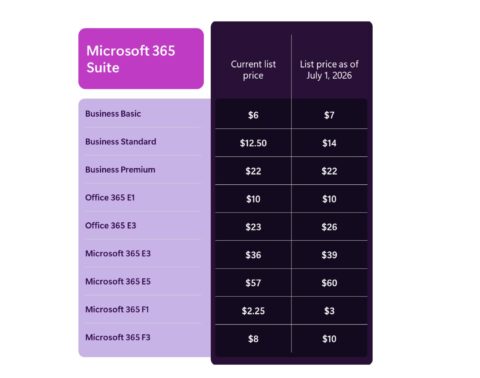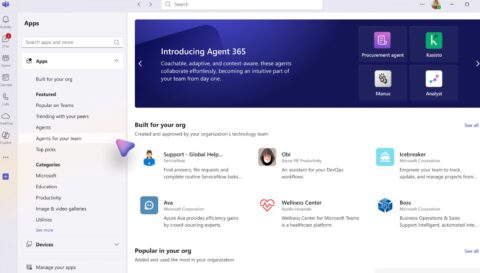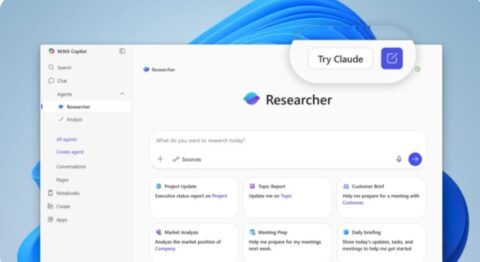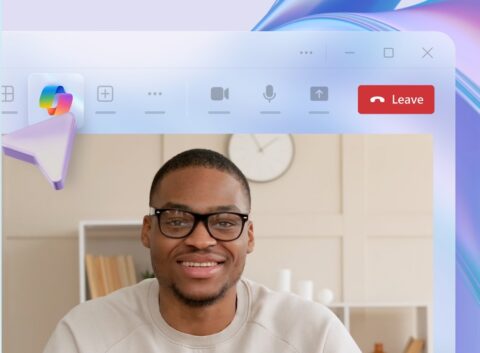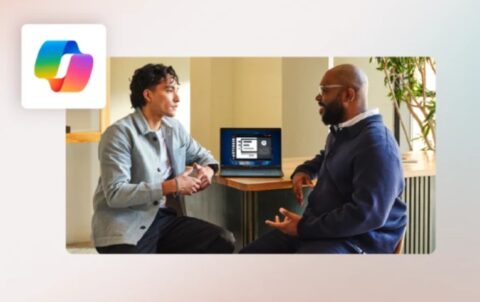Updated: August 2, 2024 (August 2, 2024)
BlogHere's another way to keep using classic Outlook (until at least 2029)

As announced last month, August 1 was the day Microsoft deemed the new Outlook for Windows as generally available (GA) for commercial customers. In its blog post touting the GA milestone, Microsoft officials reiterated there are no configuration changes being forced on organizations at this time; instead, the GA marker signifies that Microsoft now offers support via all of its support channels for the new Outlook as a way to help customers start planning migrations.
Microsoft’s blog post also mentions again that “existing installations of classic Outlook through perpetual licensing will continue to be supported until at least 2029.” (“Classic Outlook” is the new way Microsoft is referring to the existing Win32 Outlook app for Windows.)
The next perpetual release of Office is Office 2024, due to ship this fall and which will be supported until some point in 2029. Microsoft plans to make classic Outlook part of Office 2024 Professional Plus and Standard. The company has not said whether it also will include classic Outlook in the promised perpetual Office release that will follow Office 2024, but our bet at Directions on Microsoft is by the time Office 2027 (or whatever the next perpetual release is called) ships, it will include new Outlook, not Classic.
It’s beginning to look a lot like … OneNote
There is yet another way for those who really do not want to or cannot move to the new Outlook on Microsoft’s schedule to keep using the existing classic Outlook for Windows client. Microsoft is not publicly touting this option, and we at Directions on Microsoft didn’t know about it, either, until we asked.
Directions asked Microsoft recently whether enterprise customers with Microsoft 365 subscriptions which include downloadable apps will be able to continue to get Outlook Classic and for how long. A spokesperson told us:
“For customers with Microsoft 365 subscription that includes desktop apps, new Outlook will be available to download for free and classic Outlook is available for download and will need to be downloaded separately. Customers will need a Microsoft 365 subscription (or license) that includes desktop apps.”
We verified with Microsoft that there will not be any extra licensing or fees required by qualifying enterprises to download classic Outlook until at least 2029.
As long as customers have Microsoft 365 suites which include rights to the downloadable Office apps, they will be able to get classic Outlook until at least 2029. However, they will have to get classic Outlook by downloading it separately, since Microsoft will replace classic Outlook with the new Outlook in Microsoft 365 E3/E5, Office 365 E3/E5, Business Standard, Business Premium (plus other consumer, education and government subscriptions) in the coming months.
“This takes time pressure off Microsoft 365 Apps for enterprise customers,” said Rob Helm, who tracks Outlook and Exchange for Directions. “If they can continue to redistribute classic Outlook to their Microsoft 365 Apps users, they get more time to get rid of plug-ins that don’t work with new Outlook, and more time to find workarounds for classic features that new Outlook doesn’t have.”
“Microsoft 365 Apps customers still will want to assess their risk for the day that classic Outlook is no longer available to them. But that day is some years further away than we thought,” Helm added.
If this situation reminds you of what happened with OneNote, you are not alone. After releasing a Universal Windows Platform (UWP) version of OneNote as the planned replacement for the existing OneNote for Windows app, Microsoft met with so much resistance that it ended up continuing to make classic OneNote (originally called “OneNote 2016” and later “OneNote for Windows 10”) available as a separate downloadable app — which is still supported through October 2025 — alongside its “OneNote for Windows” app.
The New Outlook Roadmap Revisited
Back to Outlook.
For now, the new Outlook is considered at the opt-in stage. Sometime in the future — Microsoft won’t say when but did say it won’t happen without at least 12 months of notice beforehand — Microsoft will move to the opt-out stage. And some time after that (again, not without at least 12 months’ heads-up), Microsoft will move to the “cutover stage,”
At the cutover stage, users will no longer be able to switch back to classic Outlook. New deployments of Outlook with Microsoft 365 subscriptions will come with new Outlook for Windows, not classic Outlook. But as we mentioned above, those with Microsoft 365 subscriptions with licenses for downloadable Office apps still will be able to get classic Outlook as long as they download it separately through at least 2029.
As to what happens with classic Outlook after 2029, right now, there’s no word. If Microsoft adds back some of the key missing features to the new Outlook for Windows app, maybe customer outcry will subside, and Microsoft will discontinue making classic Outlook available. For now, however, there is still a substantial gap between what’s in classic Outlook and what’s still not available in the new Outlook. Some features like COM/VSTO/VBA add-in support will not be added. And support for on-premises Exchange Server with the new Outlook is still just a maybe.
Related Resources
Microsoft says the new Outlook for Windows is ready for GA. Is it?
Microsoft Aug. 1 blog post: The new Outlook for Windows is ready when you are
Microsoft’s subscription-free, ‘perpetual’ Office LTSC 2024 to ship this year
Microsoft chart: New and classic Outlook for Windows feature comparison

